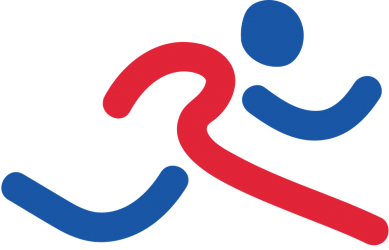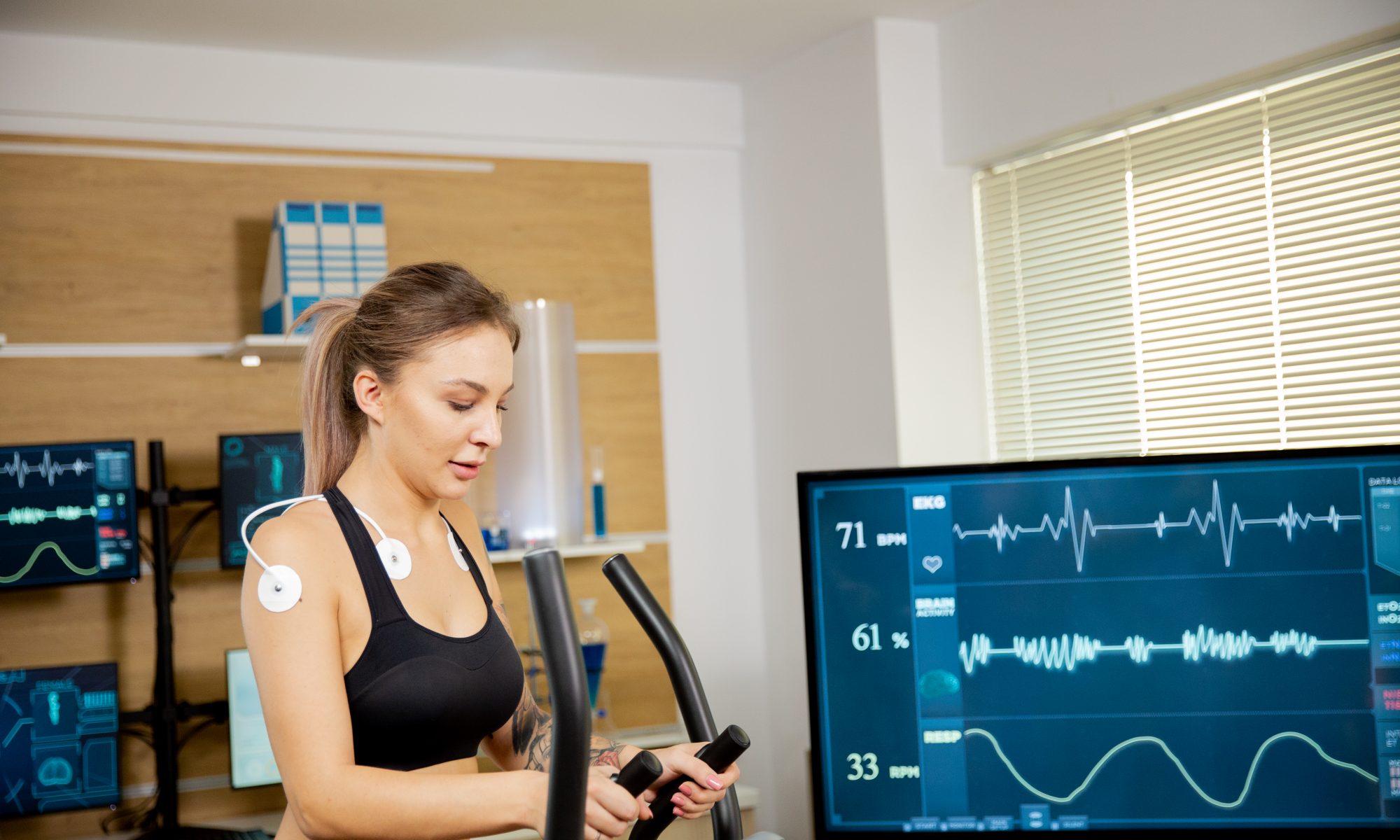What is a stroke?
A stroke occurs when the blood supply to the brain is suddenly interrupted. There are two main causes of stroke:
- An artery in the brain is blocked by a clot, stopping normal blood flow, delivery of oxygen and nutrients to the brain. This is called an ischemic stroke, and is approximately 80% of stroke cases.
- There is a break in the wall of a blood vessel, leading to a bleed in the brain. This is called an hemorrhagic stroke)
The disruption in blood flow may lead to temporary or permanent damage to the brain. No stroke is the same, and can affect someone depending on where it happens and how big it is. Symptoms can appear alone or in combination and last for hours, days, months or even years. If symptoms go away after 24 hours, this could be a transient ischemic attack (TIA).
A TIA is when blood can’t get to all parts of your brain for a short time. The signs are the same as a stroke, but they disappear after a short time. A TIA does increase the risk of having a stroke, especially in the days following.
What are the signs and symptoms of stroke?
The signs and symptoms of a stroke is the acronym FAST.
F- Face- check their face, has their mouth dropped
A- arms- can they lift both arms?
S- Speech- is their speech slurred? Do they understand you?
T- Time- time is critical, call 000 if you see any of these signs.
How can a stroke affect you?
Some of the problems people may have after a stroke include:
- Weakness on one side of the body
- Problems controlling or coordinating movements
- Difficulties swallowing food and drink
- Personality and behaviour changes
- Problems with thinking and memory
- Difficulties with receiving messages from your senses – smell, touch, taste, sight and hearing
More than 80% of strokes can be prevented. The risk factors for stroke include:
- High blood pressure
- Type 2 diabetes
- High cholesterol
- Smoking and drinking alcohol
These risk factors can be modified by increasing physical activity and by making dietary changes.
Sources:
Stroke Foundation, n.d. Learn about Stroke https://strokefoundation.org.au/about-stroke/learn
Exercise Right, n.d. Stroke https://exerciseright.com.au/stroke/
Stroke Foundation, n.d. Effects of Stroke https://strokefoundation.org.au/about-stroke/learn/effects-of-stroke
Stroke Foundation, n.d. Prevent Stroke https://strokefoundation.org.au/about-stroke/prevent-stroke


